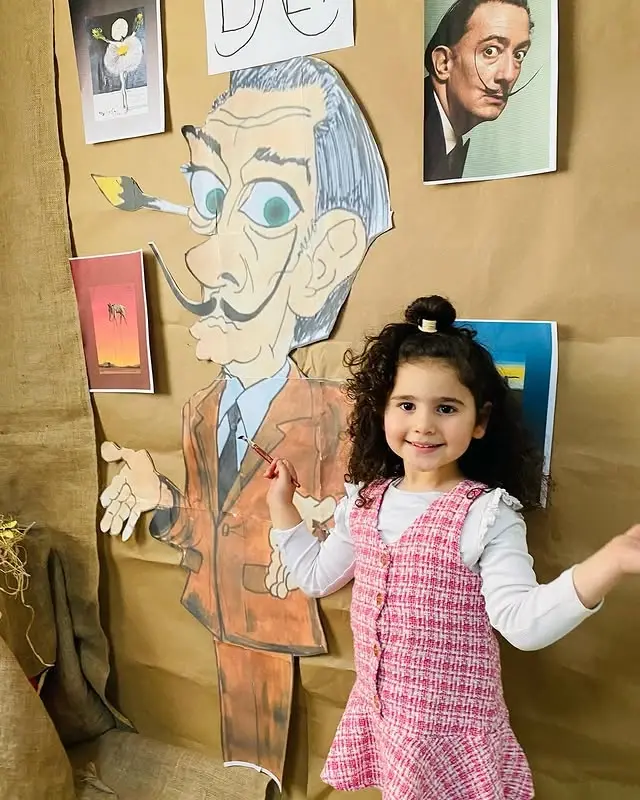Orff and Rhythm Education: Learning with the Power of Music 🥁
- Ay Yıldız Anaokulu

- May 27
- 1 min read
What is the Orff Method and Why is it Important for Children?
Children are naturally sensitive to rhythm; they respond to sounds, accompany music with movement, and communicate with songs. The Orff method is an effective approach that helps children discover their natural rhythms in the music education process, use their bodies as instruments, and make the learning process fun.
Orff and Rhythm Education

The Orff method is a learning model developed by German composer and music educator Carl Orff . In this method, children not only listen to music, but also learn by feeling it, moving and improvising . Percussion instruments, body percussion and group work form the basic building blocks of this method.
Skills Acquired by Children with the Orff Method
🎼 Improves Rhythm and Melody Perception
The Orff method includes fun activities that strengthen children's sense of music and rhythm. Children who develop a sense of rhythm can better distinguish sounds and adapt their movements to music.
🧠 Supports Cognitive and Motor Skills
Moving to music helps children develop hand-eye coordination, increase attention, and strengthen motor skills . Working with percussion instruments, in particular, can positively affect brain development.
🤝 Strengthens Social and Group Interaction
With the Orff method, children learn to make music together in a group, and learn harmony and cooperation . Keeping rhythm together is both a fun activity and a process that develops social skills.
🎨 Increases Creativity and Self-Confidence
Activities such as improvised rhythm exercises and body percussion allow children to express themselves through music. This process helps them gain self-confidence and explore their creative thoughts.

.png)




